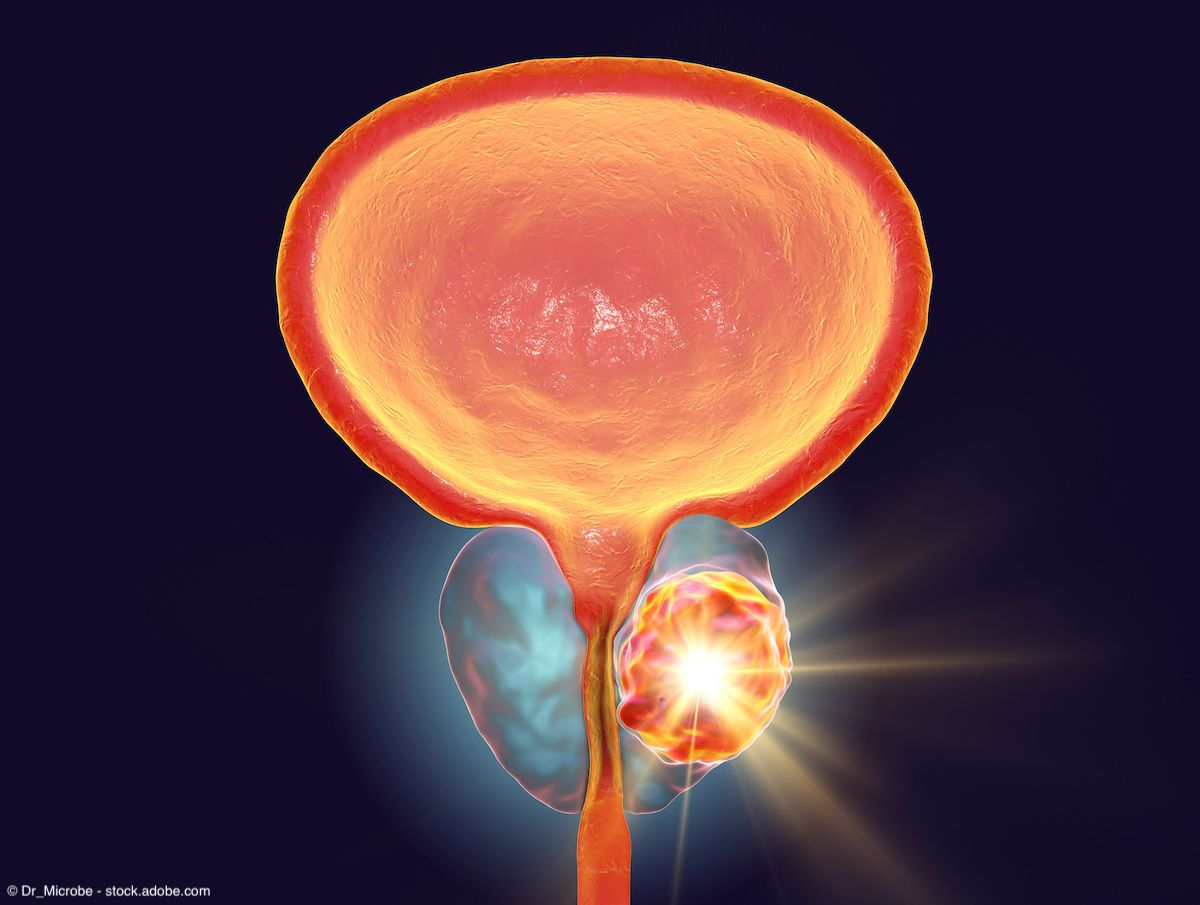Opinion
Video
Dr. Nickols on phase 2 SOLAR trial of multimodal therapy in prostate cancer
Author(s):
"Of those that met the primary end point, they remained free of progression at a median of 31 months and counting," says Nicholas G. Nickols, MD, PhD.
In this video, Nicholas G. Nickols, MD, PhD, highlights the background and initial findings from the phase 2 SOLAR trial (NCT03298087), which were shared in the recent publication, “Systemic and Tumor-directed Therapy for Oligometastatic Prostate Cancer: The SOLAR Phase 2 Trial in De Novo Oligometastatic Prostate Cancer.” Nickols is the chief of radiation oncology at the VA Greater Los Angeles Healthcare System as well as a professor of radiation oncology at the University of California, Los Angeles.
Video Transcript:
Could you describe the background/rationale for conducting this study?
Over the past handful of years, the treatment paradigm for metastatic castration-sensitive prostate cancer has evolved considerably. Molecular imaging, specifically PSMA-PET imaging, has really improved the accuracy of staging. We've also learned that intensification of systemic therapy, so adding next-generation androgen receptor pathway inhibitors on top of androgen suppression, improves survival. We also know that treatment directed to the primary tumor in low volume castration-sensitive prostate cancer improves survival. We know that we can direct focused stereotactic body radiotherapy to sites of metastatic disease and do that safely and offer excellent local control. So, we were really interested, when we started this trial, in looking at if we could combine all these things that we know in 1 treatment package.
SOLAR, which is also called Systemic and Tumor-directed Therapy for Oligometastatic Prostate Cancer, was a phase 2 clinical trial funded by the VA Office of Research and Development for veterans with de novo oligometastatic prostate cancer. It tests a multimodal approach with aggressive early treatment, incorporating intensified systemic therapy in limited duration––6 months only, as opposed to indefinite. [Specifically,] 6 months of leuprolide, a single injection of that, combined with the anti-androgen apalutamide and then abiraterone plus prednisone. That was the systemic therapy. The primary tumor-directed therapy was either a radiotherapy directed to the prostate [seminal vesicles] and pelvic lymph nodes, or radical prostatectomy, surgical removal of the prostate. Then we also directed radiation to the sites of metastases in the form of SBRT.
Our objective was to offer veterans with de novo oligometastatic prostate cancer, something that would typically be treated with indefinite testosterone suppressive therapy with palliative intent, we wanted to offer them a chance for lasting remission without using indefinite systemic testosterone suppressive therapy, while at the same time maintaining a good quality of life.
So, this was a phase 1, single-arm trial that enrolled veterans at 3 VA medical centers. The primary end point was the percentage of patients who both recovered testosterone and remained free of PSA progression 6 months after recovering testosterone. That was defined as undetectable if they had undergone radical prostatectomy, and less than 2 ng/mL if they had undergone primary radiotherapy. We also had several secondary end points to evaluate treatment efficacy as well as safety and tolerability, and it also included patient-reported health-related quality of life outcomes. We were interested in knowing how well the treatments were tolerated and if quality of life was maintained afterwards.
What were the results from the primary analysis of the study?
The primary end point was met in more than 80% of patients. This means that more than 80% [of patients] remained free of any progression 6 months after their testosterone recovered. Fortunately, the remissions were largely durable. Of those that met the primary end point, they remained free of progression at a median of 31 months and counting. This was considerably better than our study hypothesis. The median time to any progression or initiation of additional salvage therapy was not estimable because there were so few progressions.
The treatments were well tolerated, with expected side effects. Patient-reported outcomes showed that while patients were on the active phase of treatment, quality of life declined, as might be expected, but then recovered to their baseline after that initial 6 months of therapy.
This transcription has been edited for clarity.

















